MATLAB Machine LearningMichael Paluszek, Stephanie Thomas This book is a comprehensive guide to machine learning with worked examples in MATLAB. It starts with an overview of the history of Artificial Intelligence and automatic control and how the field of machine learning grew from these. It provides descriptions of all major areas in machine learning.
The book reviews commercially available packages for machine learning and shows how they fit into the field. The book then shows how MATLAB can be used to solve machine learning problems and how MATLAB graphics can enhance the programmer’s understanding of the results and help users of their software grasp the results.
Machine Learning can be very mathematical. The mathematics for each area is introduced in a clear and concise form so that even casual readers can understand the math. Readers from all areas of engineering will see connections to what they know and will learn new technology.
The book then provides complete solutions in MATLAB for several important problems in machine learning including face identification, autonomous driving, and data classification. Full source code is provided for all of the examples and applications in the book.
What you'll learn:An overview of the field of machine learning
Commercial and open source packages in MATLAB
How to use MATLAB for programming and building machine learning applications
MATLAB graphics for machine learning
Practical real world examples in MATLAB for major applications of machine learning in big data
Who is this book for:
The primary audiences are engineers and engineering students wanting a comprehensive and practical introduction to machine learning. The Definitive ANTLR 4 ReferenceTerence Parr Programmers run into parsing problems all the time. Whether it's a data format like JSON, a network protocol like SMTP, a server configuration file for Apache, a PostScript/PDF file, or a simple spreadsheet macro language—ANTLR v4 and this book will demystify the process. ANTLR v4 has been rewritten from scratch to make it easier than ever to build parsers and the language applications built on top. This completely rewritten new edition of the bestselling Definitive ANTLR Reference shows you how to take advantage of these new features.
Build your own languages with ANTLR v4, using ANTLR's new advanced parsing technology. In this book, you'll learn how ANTLR automatically builds a data structure representing the input (parse tree) and generates code that can walk the tree (visitor). You can use that combination to implement data readers, language interpreters, and translators.
You'll start by learning how to identify grammar patterns in language reference manuals and then slowly start building increasingly complex grammars. Next, you'll build applications based upon those grammars by walking the automatically generated parse trees. Then you'll tackle some nasty language problems by parsing files containing more than one language (such as XML, Java, and Javadoc). You'll also see how to take absolute control over parsing by embedding Java actions into the grammar.
You'll learn directly from well-known parsing expert Terence Parr, the ANTLR creator and project lead. You'll master ANTLR grammar construction and learn how to build language tools using the built-in parse tree visitor mechanism. The book teaches using real-world examples and shows you how to use ANTLR to build such things as a data file reader, a JSON to XML translator, an R parser, and a Java class->interface extractor. This book is your ticket to becoming a parsing guru!
What You Need:
ANTLR 4.0 and above. Java development tools. Ant build system optional (needed for building ANTLR from source) The Definitive Antlr Reference: Building Domain-Specific LanguagesTerence Parr ANTLR v3 is the most powerful, easy-to-use parser generator built to date, and represents the culmination of more than 15 years of research by Terence Parr. This book is the essential reference guide to using this completely rebuilt version of ANTLR, with its amazing new LL() parsing technology, tree construction facilities, StringTemplate code generation template engine, and sophisticated ANTLRWorks GUI development environment. Learn to use ANTLR directly from the author!
ANTLR is a parser generator-a program that generates code to translate a specified input language into a nice, tidy data structure. You might think that parser generators are only used to build compilers. But in fact, programmers usually use parser generators to build translators and interpreters for domain-specific languages such as proprietary data formats, common network protocols, text processing languages, and domain-specific programming languages.
Domain-specific languages are important to software development because they represent a more natural, high fidelity, robust, and maintainable means of encoding a problem than simply writing software in a general-purpose language. For example, NASA uses domain-specific command languages for space missions to improve reliability, reduce risk, reduce cost, and increase the speed of development. Even the first Apollo guidance control computer from the 1960s used a domain-specific language that supported vector computations.
This book is the definitive guide to using the completely rebuilt ANTLR v3 and describes all features in detail, including the amazing new LL() parsing technology, tree construction facilities, StringTemplate code generation template engine, and sophisticated ANTLRWorks GUI development environment. You'll learn all about ANTLR grammar syntax, resolving grammar ambiguities, parser fault tolerance and error reporting, embedding actions to interpret or translate languages, building intermediate-form trees, extracting information from trees, generating source code, and how to use the ANTLR Java API. Language Implementation Patterns: Create Your Own Domain-Specific and General Programming LanguagesTerence Parr Knowing how to create domain-specific languages (DSLs) can give you a huge productivity boost. Instead of writing code in a general-purpose programming language, you can first build a custom language tailored to make you efficient in a particular domain.
The key is understanding the common patterns found across language implementations. Language Design Patterns identifies and condenses the most common design patterns, providing sample implementations of each.
The pattern implementations use Java, but the patterns themselves are completely general. Some of the implementations use the well-known ANTLR parser generator, so readers will find this book an excellent source of ANTLR examples as well. But this book will benefit anyone interested in implementing languages, regardless of their tool of choice. Other language implementation books focus on compilers, which you rarely need in your daily life. Instead, Language Design Patterns shows you patterns you can use for all kinds of language applications.
You'll learn to create configuration file readers, data readers, model-driven code generators, source-to-source translators, source analyzers, and interpreters. Each chapter groups related design patterns and, in each pattern, you'll get hands-on experience by building a complete sample implementation. By the time you finish the book, you'll know how to solve most common language implementation problems. Open-Source Lab: How to Build Your Own Hardware and Reduce Research CostsJoshua M. Pearce Open-Source Lab: How to Build Your Own Hardware and Reduce Scientific Research Costs details the development of the free and open-source hardware revolution. The combination of open-source 3D printing and microcontrollers running on free software enables scientists, engineers, and lab personnel in every discipline to develop powerful research tools at unprecedented low costs. After reading Open-Source Lab, you will be able to: Lower equipment costs by making your own hardwareBuild open-source hardware for scientific researchActively participate in a community in which scientific results are more easily replicated and citedNumerous examples of technologies and the open-source user and developer communities that support themInstructions on how to take advantage of digital design sharingExplanations of Arduinos and RepRaps for scientific useA detailed guide to open-source hardware licenses and basic principles of intellectual property Circuit Design with VHDLVolnei A. Pedroni This textbook teaches VHDL using system examples combined with programmable logic and supported by laboratory exercises. While other textbooks concentrate only on language features, Circuit Design with VHDL offers a fully integrated presentation of VHDL and design concepts by including a large number of complete design examples, illustrative circuit diagrams, a review of fundamental design concepts, fully explained solutions, and simulation results. The text presents the information concisely yet completely, discussing in detail all indispensable features of the VHDL synthesis. The book is organized in a clear progression, with the first part covering the circuit level, treating foundations of VHDL and fundamental coding, and the second part covering the system level (units that might be located in a library for code sharing, reuse, and partitioning), expanding upon the earlier chapters to discuss system coding.
Part I, "Circuit Design," examines in detail the background and coding techniques of VHDL, including code structure, data types, operators and attributes, concurrent and sequential statements and code, objects (signals, variables, and constants), design of finite state machines, and examples of additional circuit designs. Part II, "System Design," builds on the material already presented, adding elements intended mainly for library allocation; it examines packages and components, functions and procedures, and additional examples of system design. Appendixes on programmable logic devices (PLDs/FPGAs) and synthesis tools follow Part II. The book's highly original approach of teaching through extensive system examples as well as its unique integration of VHDL and design make it suitable both for use by students in computer science and electrical engineering. An Introduction to Fuzzy Sets: Analysis and DesignWitold Pedrycz, Fernando Gomide The concept of fuzzy sets is one of the most fundamental and influential tools in computational intelligence. Fuzzy sets can provide solutions to a broad range of problems of control, pattern classification, reasoning, planning, and computer vision. This book bridges the gap that has developed between theory and practice. The authors explain what fuzzy sets are, why they work, when they should be used (and when they shouldn't), and how to design systems using them.
The authors take an unusual top-down approach to the design of detailed algorithms. They begin with illustrative examples, explain the fundamental theory and design methodologies, and then present more advanced case studies dealing with practical tasks. While they use mathematics to introduce concepts, they ground them in examples of real-world problems that can be solved through fuzzy set technology. The only mathematics prerequisites are a basic knowledge of introductory calculus and linear algebra. | Learning JavaScript RoboticsKassandra Perch Design, build, and program your own remarkable robots with JavaScript and open source hardwareAbout This Book Learn how to leverage Johnny-Five's Read, Eval, Print Loop, and Event API to write robot code with JavaScriptUnlock a world of exciting possibilities by hooking your JavaScript-programmed robots up to the internet and using external data and APIsMove your project code from the Arduino Uno to a multitude of other robotics platformsWho This Book Is For
If you've worked with Arduino before or are new to electronics and would like to try writing sketches in JavaScript, then this book is for you! Basic knowledge of JavaScript and Node.js will help you get the most out of this book. What You Will Learn Familiarise yourself with Johnny-Five Read, Eval, and Print Loop (REPL) to modify and debug robotics code in real timeBuild robots with basic output devices to create projects that light up, make noise, and moreCreate projects with complex output devices, and employ the Johnny-Five API to simplify the use of components that require complex interfaces, such as I2CMake use of sensors and input devices to allow your robotics projects to survey the world around them and accept input from usersUse the Sensor and Motor objects to make it much easier to move your robotics projectsLearn about the Animation API that will allow you to program complex movements using timing and key framesBring in other devices to your Johnny-Five projects, such as USB devices and remotesConnect your Johnny-Five projects to external APIs and create your own Internet of Things!In Detail
There has been a rapid rise in the use of JavaScript in recent times in a variety of applications, and JavaScript robotics has seen a rise in popularity too. Johnny-Five is a framework that gives NodeBots a consistent API and platform across several hardware systems.
This book walks you through basic robotics projects including the physical hardware builds and the JavaScript code for them. You'll delve into the concepts of Johnny-Five and JS robotics.
You'll learn about various components such as Digital GPIO pins, PWM output pins, Sensors, servos, and motors to be used with Johnny-Five along with some advanced components such as I2C, and SPI. You will learn to connect your Johnny-Five robots to internet services and other NodeBots to form networks. By the end of this book, you will have explored the benefits of the Johnny-Five framework and the many devices it unlocks. Style and approach
This step-by-step guide to the Johnny-Five ecosystem is explained in a conversational style, packed with examples and tips. Each chapter also explores the Johnny-Five documentation to enable you to start exploring the API on your own. Automatic Gain Control: Techniques and Architectures for RF ReceiversJuan Pablo Alegre Pérez, Santiago Celma, Belén Calvo López This book analyzes automatic gain control (AGC) loop circuits and demonstrates AGC solutions in the environment of wireless receivers, mainly in wireless receivers with stringent constraints in settling-time and wide dynamic range, such as WLAN and Bluetooth receivers. Since feedforward AGCs present great advantages in this context, as an alternative to conventional feedback AGCs, this book includes a detailed study of feedforward AGCs design –at the level of basic AGC cells, as well as the system level, including their main characteristics and performance. AppleScript in a Nutshell: A Desktop Quick ReferenceBruce Perry AppleScript in a Nutshell is the first complete reference to AppleScript, the popular programming language that gives both power users and sophisticated enterprise customers the important ability to automate repetitive tasks and customize applications. As the Macintosh continues to expand and solidify its base in the multimedia and publishing industries, AppleScript is the tool of choice on this platform for creating sophisticated time- and money-saving workflow applications (applets). These applets automate the processing and management of digital video, imaging, print, and web-based material. AppleScript is also gaining a foothold in scientific programming, as technical organizations adopt G4 CPU-based systems for advanced computing and scientific analysis. Finally, "power users" and script novices will find that AppleScript is a great everyday Mac programming tool, similar to Perl on Windows NT or Unix. In this well-organized and concise reference, AppleScript programmers will find:Detailed coverage of AppleScript Version 1.4 and beyond on Mac OS 9 and Mac OS X.Complete descriptions of AppleScript language features, such as data types, flow-control statements, functions, object-oriented features (script objects and libraries), and other syntactical elements.Descriptions and hundreds of code samples on programming the various "scriptable" system components, such as the Finder, File Sharing, File Exchange, Network scripting, Web scripting, Apple System Profiler, the ColorSync program, and the numerous powerful language extensions called "osax" or scripting additions. Most other AppleScript books are hopelessly out of date. AppleScript in a Nutshell covers the latest updates and improvements with practical, easy to understand tips, including:Using AppleScript as a tool for distributed computing, an exciting development that Apple Computer calls "program linking over IP." Programmers can now do distributed computing with Macs over TCP/IP networks, including controlling remote applications with AppleScript and calling AppleScript methods on code libraries that are located on other machines.Using the Sherlock find application to automate web and network searching.Insights on scripting new Apple technologies such as Apple Data Detectors, Folder Actions, Keychain Access, and Apple Verifier. AppleScript in a Nutshell is a high-end handbook at a low-end price—an essential desktop reference that puts the full power of this user-friendly programming language into every AppleScript user's hands. Data Science with PythonDusty Phillips, Fabrizio Romano, Phuong Vo.T.H, Martin Czygan, Robert Layton Unleash the power of Python and its robust data science capabilitiesAbout This Book Unleash the power of Python 3 objectsLearn to use powerful Python libraries for effective data processing and analysisHarness the power of Python to analyze data and create insightful predictive modelsUnlock deeper insights into machine learning with this vital guide to cutting-edge predictive analyticsWho This Book Is For
Entry-level analysts who want to enter in the data science world will find this course very useful to get themselves acquainted with Python's data science capabilities for doing real-world data analysis. What You Will Learn Implement objects in Python by creating classes and defining methodsGet acquainted with NumPy to use it with arrays and array-oriented computing in data analysisCreate effective visualizations for presenting your data using MatplotlibApply data mining concepts to real-world problemsCompute on big data, including real-time data from the InternetExplore how to use different machine learning models to ask different questions of your dataIn Detail
The Data Science with Python course will take you on a journey to become an efficient data science practitioner by thoroughly understanding the key concepts of Python. This learning path is divided into four modules. Each of these modules are a mini course in their own right, and as you complete each one, you'll have gained key skills and be ready for the material in the next module.
The course begins with getting your Python fundamentals nailed down. The first module, Python Fundamentals, is like a practical guide, filled with many step-by-step examples that dives into the formal principles of object-oriented programming and shows you how Python leverages them.
In the second module, Data Analysis, you'll learn how to perform data analysis using Python in a practical and example-driven way. The aim is to turn you into an ace data analyst in no time.
The next module will teach you how to design and develop data mining applications using a variety of datasets, starting with basic classification and affinity analysis to more complex data types including text, images, and graphs.
The final module will get your familiar with machine learning techniques. Using machine learning to gain deeper insights from data is a key skill required by modern application developers and analysts alike. Style and approach
This course includes all the resources that will help you jump into the data science field with Python and learn how to make sense of data. Dive into Python 3Mark Pilgrim Mark Pilgrim's Dive Into Python 3 is a hands-on guide to Python 3 and its differences from Python 2. As in the original book, Dive Into Python, each chapter starts with a real, complete code sample, proceeds to pick it apart and explain the pieces, and then puts it all back together in a summary at the end.
This book includes: Example programs completely rewritten to illustrate powerful new concepts now available in Python 3: sets, iterators, generators, closures, comprehensions, and much moreA detailed case study of porting a major library from Python 2 to Python 3A comprehensive appendix of all the syntactic and semantic changes in Python 3
This is the perfect resource for you if you need to port applications to Python 3, or if you like to jump into languages fast and get going right away. Digital Image Processing AlgorithmsIoannis Pitas Provides an overview of various digital image processing algorithms in C code. The book covers such topics as: digital image transforms; image filtering; digital image compression; edge detection; region segmentation; and shape analysis. It aims to provide a programming tool for students, engineers and scientists working in the field of digital image processing and computer vision. Aimed at an advanced level, it requires basic knowledge of digital image processing and C programming skills. A demo disk accompanies the book - the complete version of which is available from Alpha-tec. |
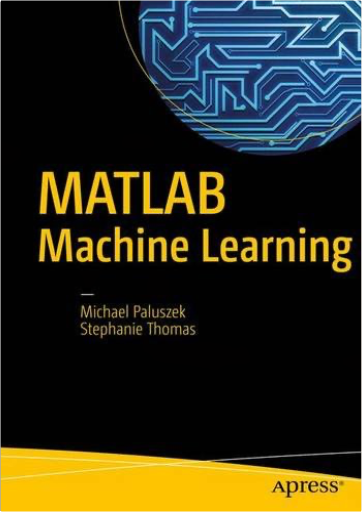
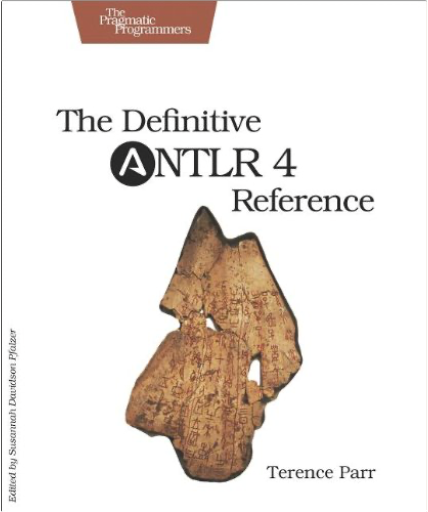
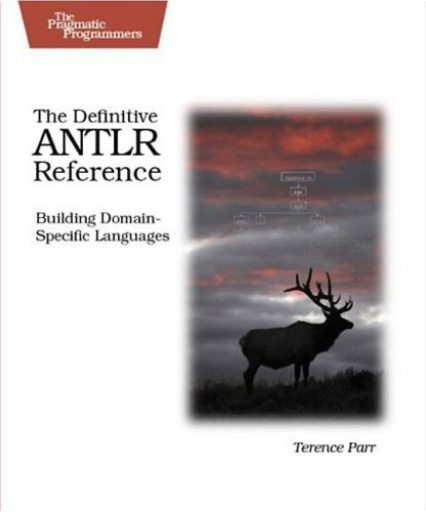
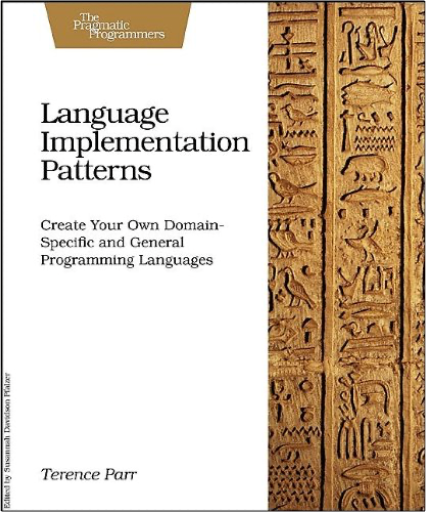
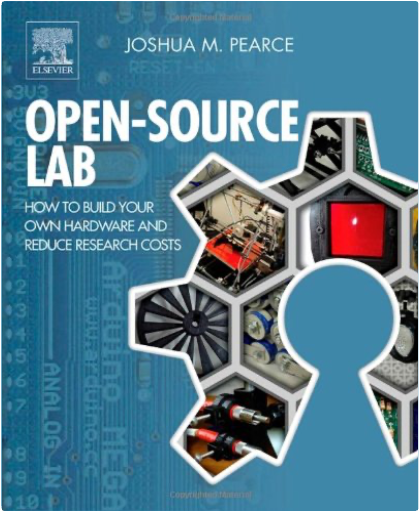
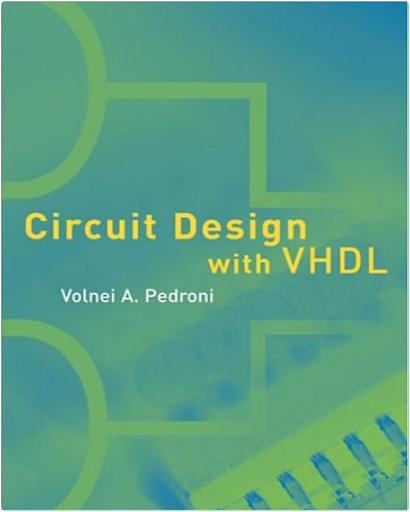
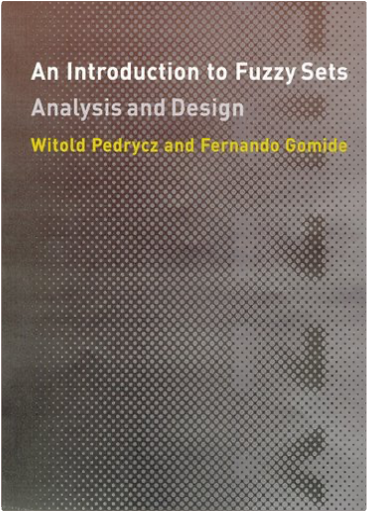
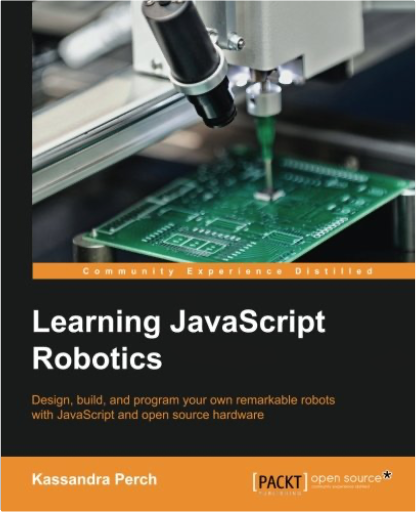
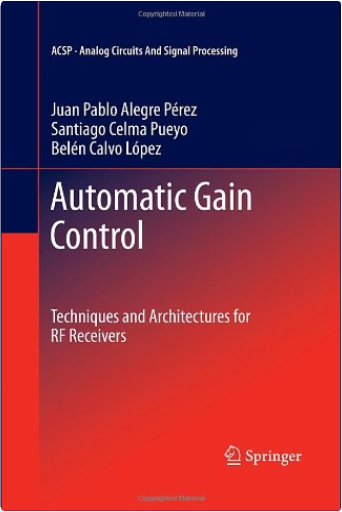
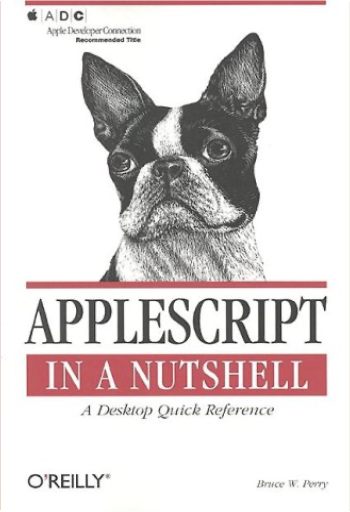
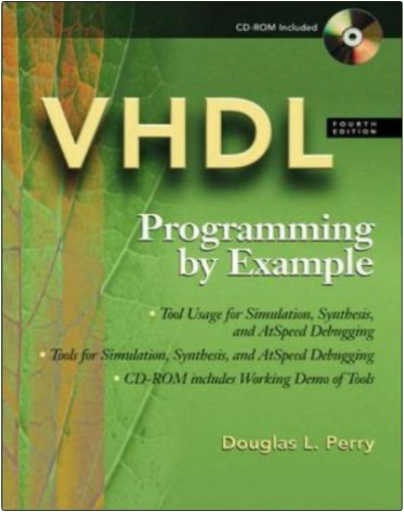
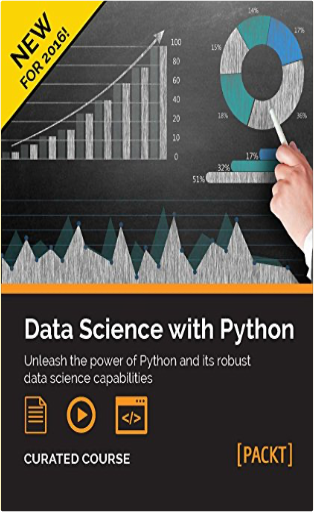
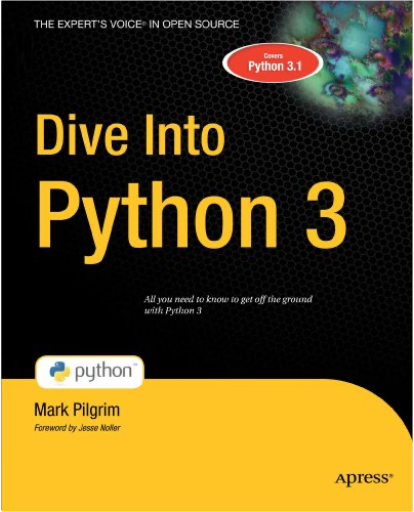
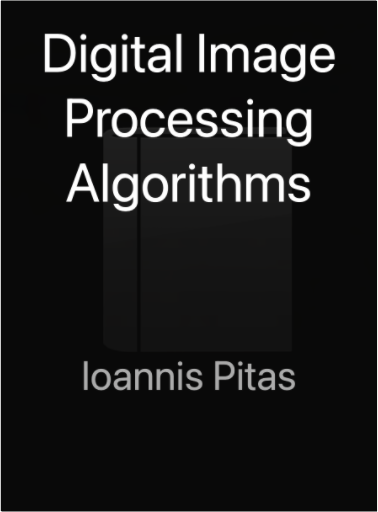


 Made with Delicious Library
Made with Delicious Library